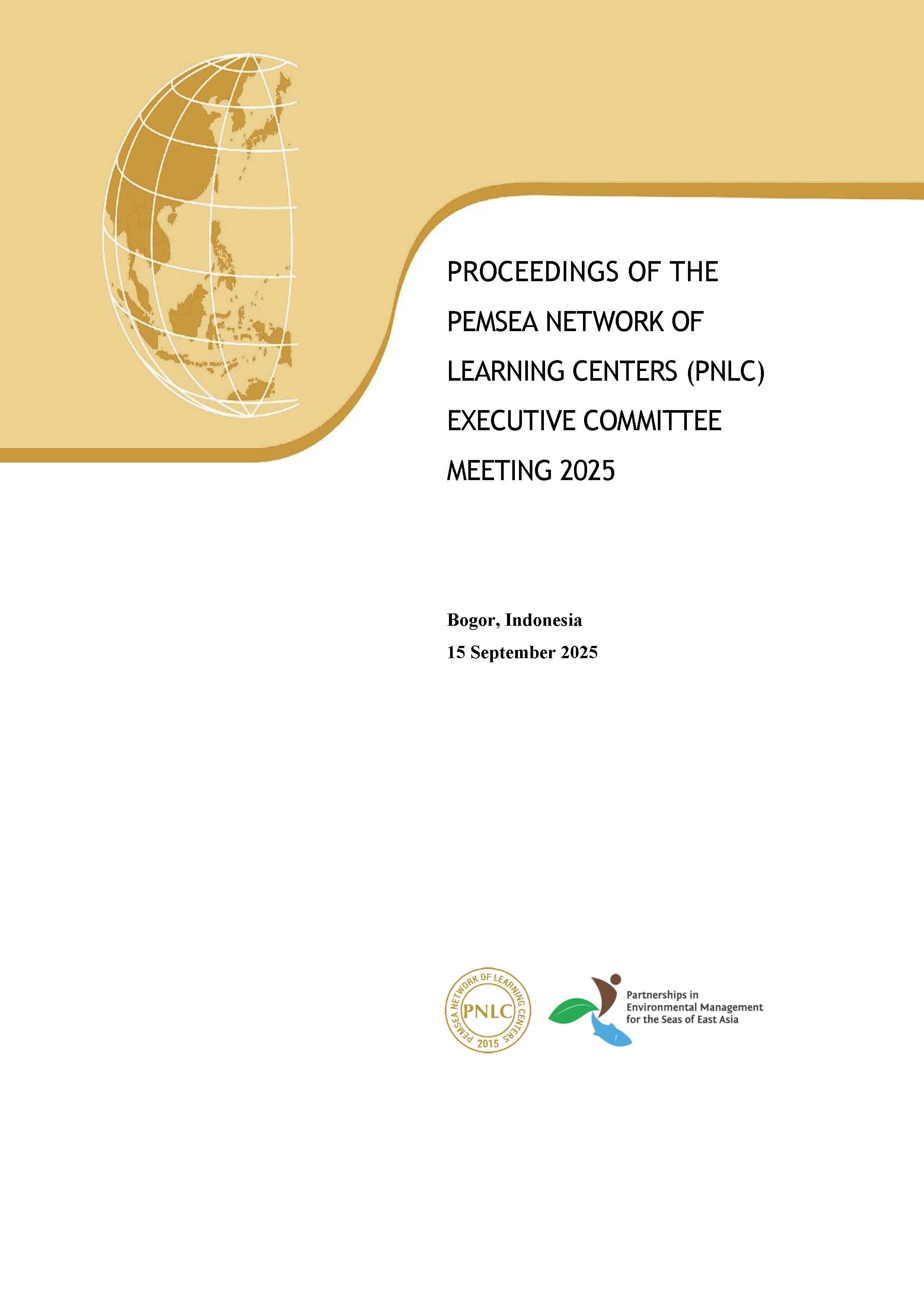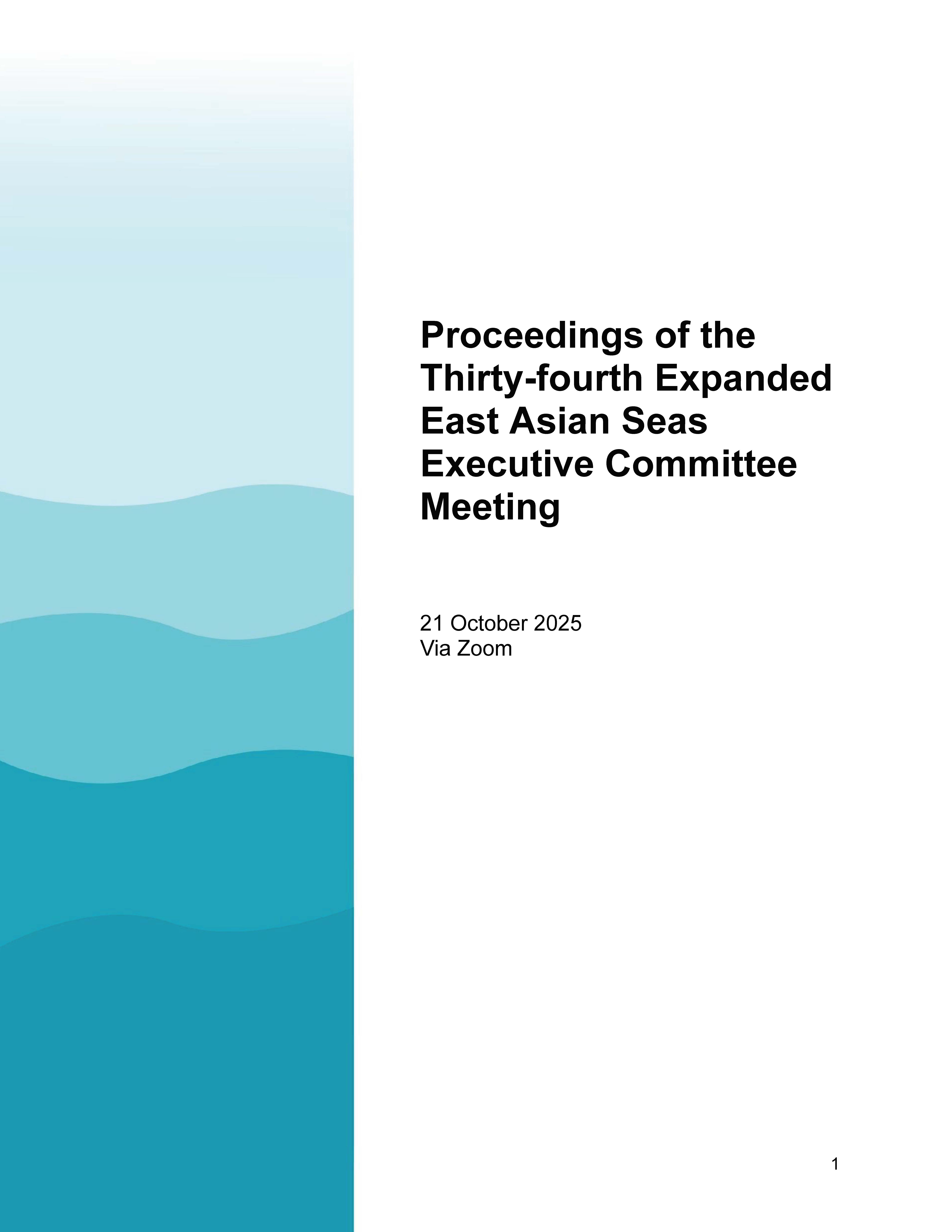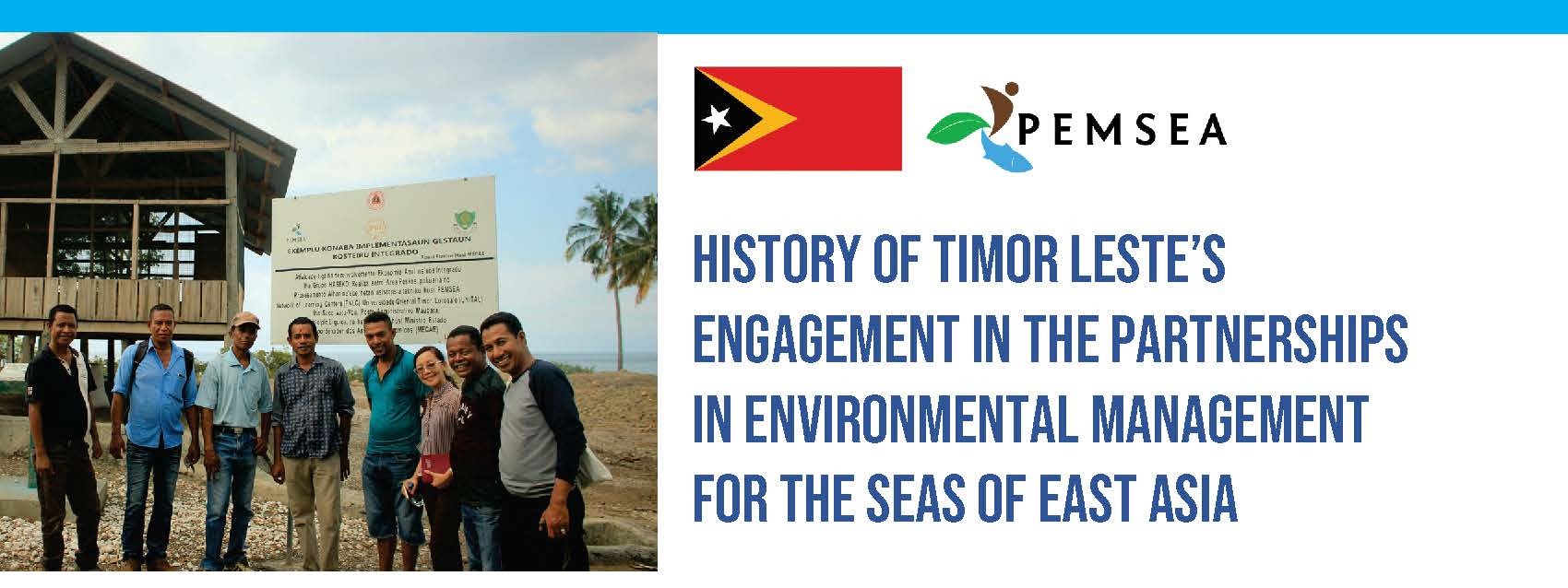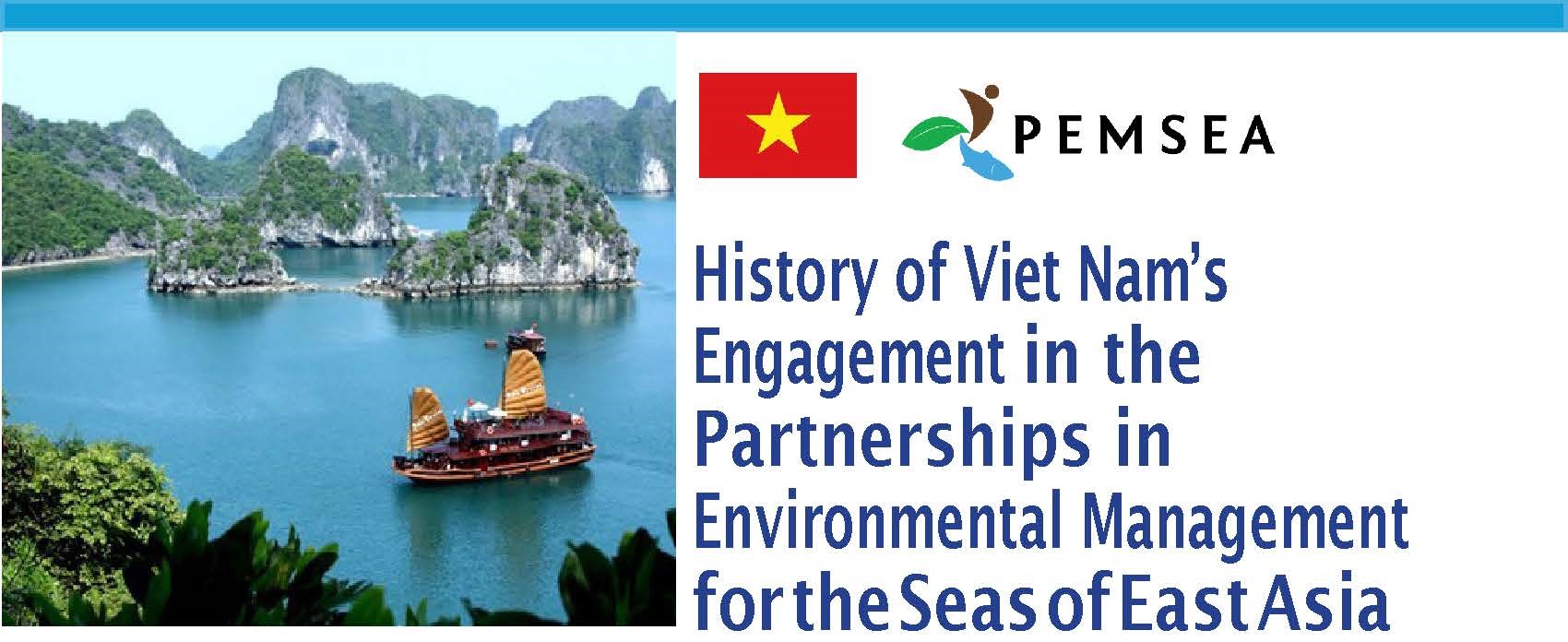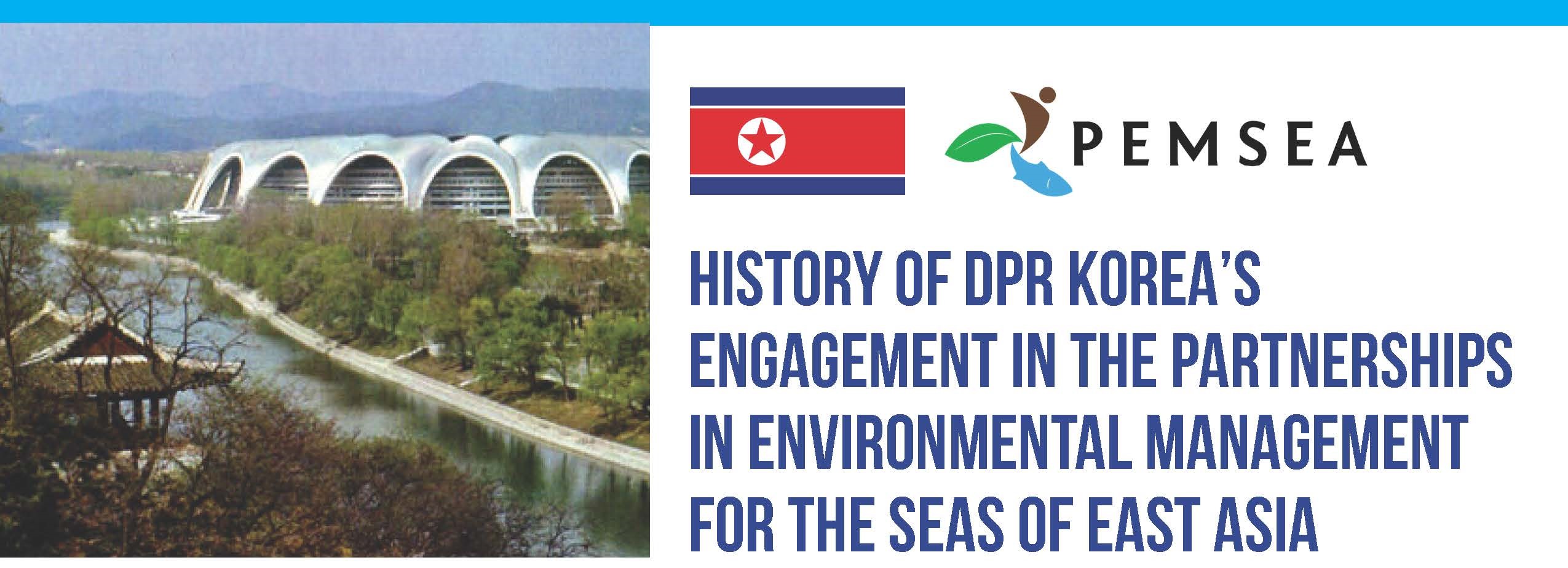
Breadcrumb
Regional Review: Implementation of the Sustainable Development Strategy for the Seas of East Asia (SDS-SEA) 2003-2011
PUBLICATION DATE:
Sunday, July 01, 2012
PUBLICATION TYPE:
Reports
STATUS:
Available
DESCRIPTION:
The SDS-SEA review process commenced in March 2010. All PEMSEA Country Partners and the majority of the Non-Country Partners participated in the process, which entailed: (a) a desktop review of progress and development in support of SDS-SEA objectives and targets in each participating country; (b) a survey of PEMSEA Non-Country Partners to identify initiatives that contribute, directly and indirectly, to SDS-SEA; (c) conduct of national inter-agency workshops to review and validate the country report, and to build consensus on priorities for SDS-SEA implementation in the medium term; and d) finalization of national SDS-SEA progress reports and preparation of an overall summary report for the region. The countries of the Seas of East Asia have recognized the severity of continuous degradation of their seas, coasts and estuaries upon which the region’s economies and millions of its inhabitants and economies depend. As a reflection of their concern, the governments crafted the Sustainable Development Strategy for the Seas of East Asia (SDS-SEA) in 2003, with the support of Global Environment Facility (GEF) and the participation of United Nations Development Programme (UNDP), the World Bank and 14 other international and regional organizations. The SDS-SEA identifies common threats as well as strategic action programs to reduce the impacts of natural and man-made hazards on coastal and marine resources, as well as the people, communities and economies of the region. There has been considerable progress and achievement on the part of participating countries, local governments and a host of collaborating organizations, programs and projects since the adoption of the SDS-SEA in 2003. The good news is that the region appears to be on track to achieving four major targets as spelled out in the Haikou Partnership Agreement (2006) and further elaborated in the Manila Declaration (2009) (Box 1). However, the bad news is that coastal and marine ecosystems of the region are experiencing increasing threats to the services that they provide humanity. Marine pollution from land-based sources continues to be a serious problem, as evidenced by the expansion of hypoxic (dead) zones from increasing nutrient inputs from sewage and agriculture. International commitments made regarding biodiversity and marine protected areas have fallen short of expectations. Depletion of marine waters through overfishing and use of destructive fishing gear/fishing practices continues. On top of it all, the multiple risks and impacts related to climate change and extreme weather events are becoming more evident. In short, the region has not reached that elusive tipping point where reduction in pollution discharges, conservation and rehabilitation of habitats, biodiversity preservation and enhancement and economic stability have begun to shift the balance in favor of sustainable development. The SDS-SEA review process commenced in March 2010. All PEMSEA Country Partners and the majority of the Non-Country Partners participated in the process, which entailed: (a) a desktop review of progress and development in support of SDS-SEA objectives and targets in each participating country; (b) a survey of PEMSEA Non-Country Partners to identify initiatives that contribute, directly and indirectly, to SDS-SEA; (c) conduct of national inter-agency workshops to review and validate the country report, and to build consensus on priorities for SDS-SEA implementation in the medium term; and d) finalization of national SDS-SEA progress reports and preparation of an overall summary report for the region.
RELATED PUBLICATIONS
PEMSEA NETWORK OF LEARNING CENTERS (PNLC) 2025 Executive Committee Meeting Proceedings
The 2025 PNLC Executive Committee (PNLC EC) Meeting was organized by PNLC Secretariat on 15 September 2025 in Bogor, Indonesia. It was participated by Prof. Yonvitner of the Center for Coastal and Marine Resources Studies of the IPB University (CCMRS-IPB) and President of the PNLC, Dr. Fang Qinhua, Deputy Director of the Coastal and Ocean Management Institute of Xiamen University (COMI-XU) and Vice-President of the PNLC, and Ms. Aimee T. Gonzales, PEMSEA Resource Facility (PRF) Executive Director as members of the PNLC Executive Committee. Ms. Isdahartatie PNLC secretariat Coordinator/ CCMRS-IPB University, Ms. Nancy Bermas from PRF, Francesca Cortez (PRF Secretariat Assistant) and Lusita Meilana, PNLC Secretariat staff. The meeting was chaired by Prof. Yonvitner. Ms. Isdahartati served as the Secretariat of the meeting.
The following supporting documents are annexed to these proceedings:
- Annex 1: Meeting Agenda / Program
- Annex 2: Links to the meeting documents, presentation and photos
- Annex 3: List of participants
Proceedings of the Thirty-fourth Expanded East Asian Seas Executive Committee Meeting
The Expanded East Asian Seas (EAS) Executive Committee convened its 34th Executive Committee Meeting on 21 October 2025 online via Zoom. The meeting was attended by EAS Partnership Council Chair Attorney Jonas Leones; Intergovernmental Session Chair Mr. Le Dai Thang; Intergovernmental Session Co-Chair Dr. Xinwei Yu; Technical Session Chair Dr. Suk-Jae Kwon; and Technical Session Co-Chair Dr. Wakita Kazumi. The PEMSEA Resource Facility (PRF), led by Executive Director (ED) Ms. Aimee T. Gonzales, served as Secretariat to the meeting. PEMSEA Country Partners in attendance included national focal points and representatives from Cambodia, China, Indonesia, Japan, Lao PDR, the Philippines, the Republic of Korea, Singapore, Timor-Leste, and Viet Nam. Non-Country Partners present included representatives from the ASEAN Centre for Biodiversity, Ipieca GISEA, Oil Spill Response Limited, National Marine Hazard Mitigation Service, International Center for Environmental Management of Enclosed Coastal Seas (EMECS), PEMSEA Network of Local Governments, and Korea Institute of Ocean Science & Technology, among others. Online observers included staff from the PEMSEA Resource Facility and UNDP.
History of Timor Leste's engagement in PEMSEA
Since joining PEMSEA in 2006 through the signing of the Haikou Partnership Agreement, Timor-Leste has made remarkable progress in advancing sustainable coastal and ocean governance under the Sustainable Development Strategy for the Seas of East Asia (SDS-SEA). Over the years, the country has implemented Integrated Coastal Management (ICM) programs in key municipalities, developed national ocean and coastal policies, and strengthened inter-agency collaboration for marine protection and livelihood enhancement. Through its participation in regional initiatives such as ATSEA and the Marine Plastics ODA Project, Timor-Leste continues to demonstrate strong commitment to ecosystem-based management, blue economy development, and regional cooperation for healthy and resilient seas.
History of Viet Nam's engagement in PEMSEA
Since 1993, Viet Nam has been an active partner in advancing sustainable coastal and ocean governance in the East Asian Seas through PEMSEA. From pioneering Integrated Coastal Management (ICM) in Da Nang to establishing the Viet Nam Administration of Seas and Islands (VASI), the country has institutionalized ICM in national policy and legislation while fostering regional cooperation through leadership roles in PEMSEA bodies and ministerial forums. Viet Nam’s consistent participation in key initiatives and adoption of major regional declarations underscore its strong commitment to blue economy development, marine ecosystem protection, and the long-term implementation of the Sustainable Development Strategy for the Seas of East Asia (SDS-SEA).
History of DPR Korea's Engagement in PEMSEA
Since joining the regional GEF/UNDP/IMO Marine Pollution Prevention in the East Asian Seas (MPP-EAS) project, the DPR Korea has actively advanced Integrated Coastal Management (ICM) through the establishment of the Nampho demonstration site and the National ICM Training Center at Kim Il Sung University. The country has consistently participated in key regional forums, including the East Asian Seas Congresses and Ministerial Forums, adopting major regional declarations and frameworks such as the SDS-SEA and Manila Declaration. Its engagement reflects a sustained commitment to regional cooperation, marine pollution prevention, and sustainable coastal development under PEMSEA.
Request Print Version

Regional Review: Implementation of the Sustainable Development Strategy for the Seas of East Asia (SDS-SEA) 2003-2011
The SDS-SEA review process commenced in March 2010. All PEMSEA Country Partners and the majority of the Non-Country Partners participated in the process, which entailed: (a) a desktop review of progress and development in support of SDS-SEA objectives and targets in each participating country; (b) a survey of PEMSEA Non-Country Partners to identify initiatives that contribute, directly and indirectly, to SDS-SEA; (c) conduct of national inter-agency workshops to review and validate the country report, and to build consensus on priorities for SDS-SEA implementation in the medium term; and d) finalization of national SDS-SEA progress reports and preparation of an overall summary report for the region. The countries of the Seas of East Asia have recognized the severity of continuous degradation of their seas, coasts and estuaries upon which the region’s economies and millions of its inhabitants and economies depend. As a reflection of their concern, the governments crafted the Sustainable Development Strategy for the Seas of East Asia (SDS-SEA) in 2003, with the support of Global Environment Facility (GEF) and the participation of United Nations Development Programme (UNDP), the World Bank and 14 other international and regional organizations. The SDS-SEA identifies common threats as well as strategic action programs to reduce the impacts of natural and man-made hazards on coastal and marine resources, as well as the people, communities and economies of the region. There has been considerable progress and achievement on the part of participating countries, local governments and a host of collaborating organizations, programs and projects since the adoption of the SDS-SEA in 2003. The good news is that the region appears to be on track to achieving four major targets as spelled out in the Haikou Partnership Agreement (2006) and further elaborated in the Manila Declaration (2009) (Box 1). However, the bad news is that coastal and marine ecosystems of the region are experiencing increasing threats to the services that they provide humanity. Marine pollution from land-based sources continues to be a serious problem, as evidenced by the expansion of hypoxic (dead) zones from increasing nutrient inputs from sewage and agriculture. International commitments made regarding biodiversity and marine protected areas have fallen short of expectations. Depletion of marine waters through overfishing and use of destructive fishing gear/fishing practices continues. On top of it all, the multiple risks and impacts related to climate change and extreme weather events are becoming more evident. In short, the region has not reached that elusive tipping point where reduction in pollution discharges, conservation and rehabilitation of habitats, biodiversity preservation and enhancement and economic stability have begun to shift the balance in favor of sustainable development. The SDS-SEA review process commenced in March 2010. All PEMSEA Country Partners and the majority of the Non-Country Partners participated in the process, which entailed: (a) a desktop review of progress and development in support of SDS-SEA objectives and targets in each participating country; (b) a survey of PEMSEA Non-Country Partners to identify initiatives that contribute, directly and indirectly, to SDS-SEA; (c) conduct of national inter-agency workshops to review and validate the country report, and to build consensus on priorities for SDS-SEA implementation in the medium term; and d) finalization of national SDS-SEA progress reports and preparation of an overall summary report for the region.
